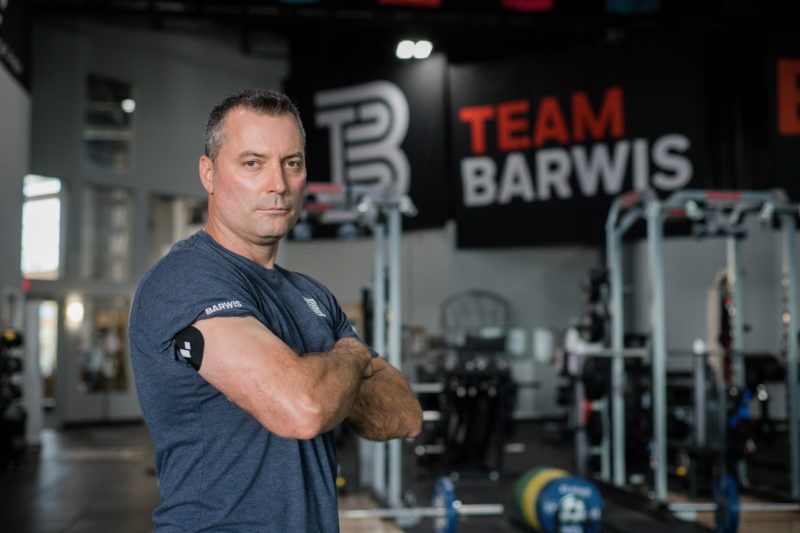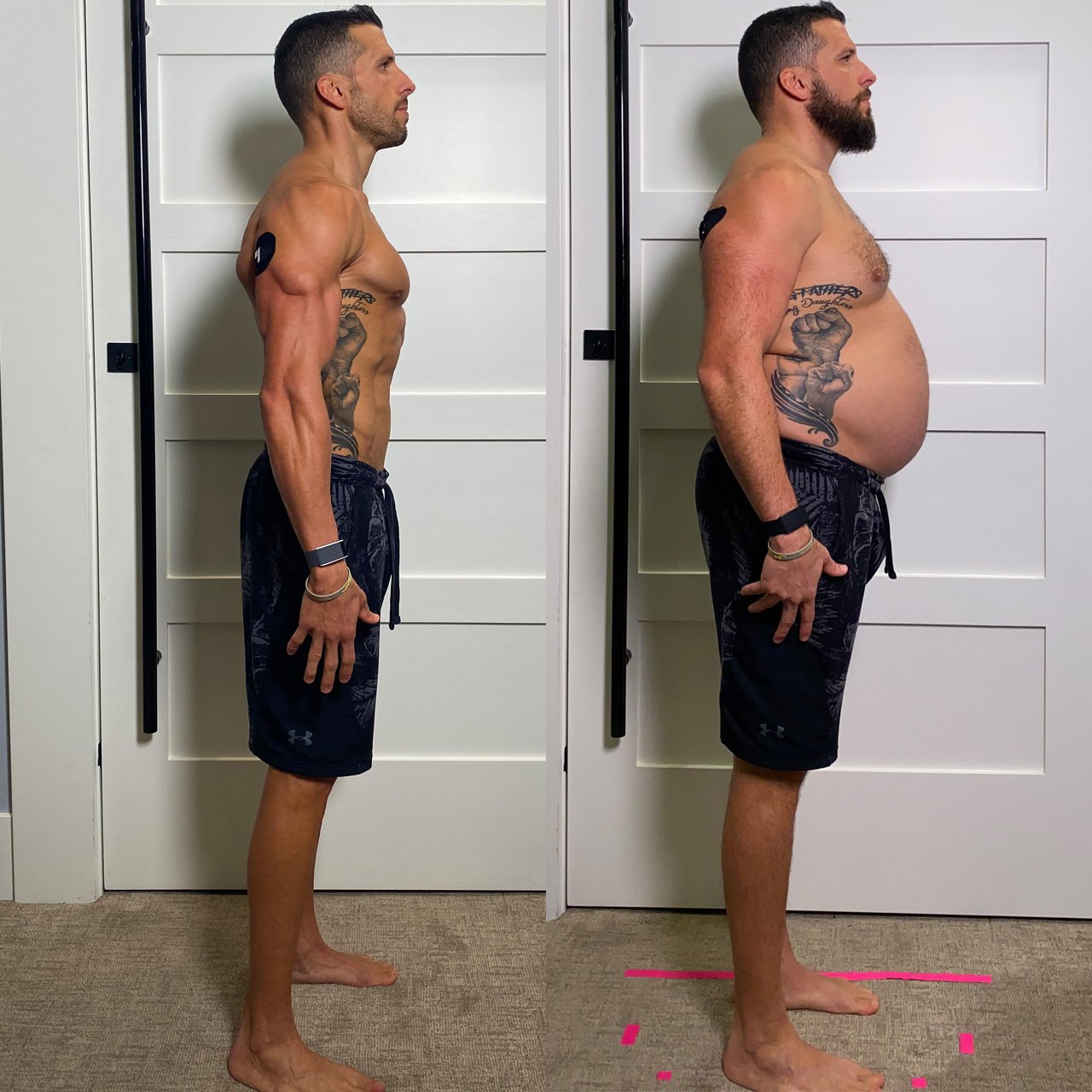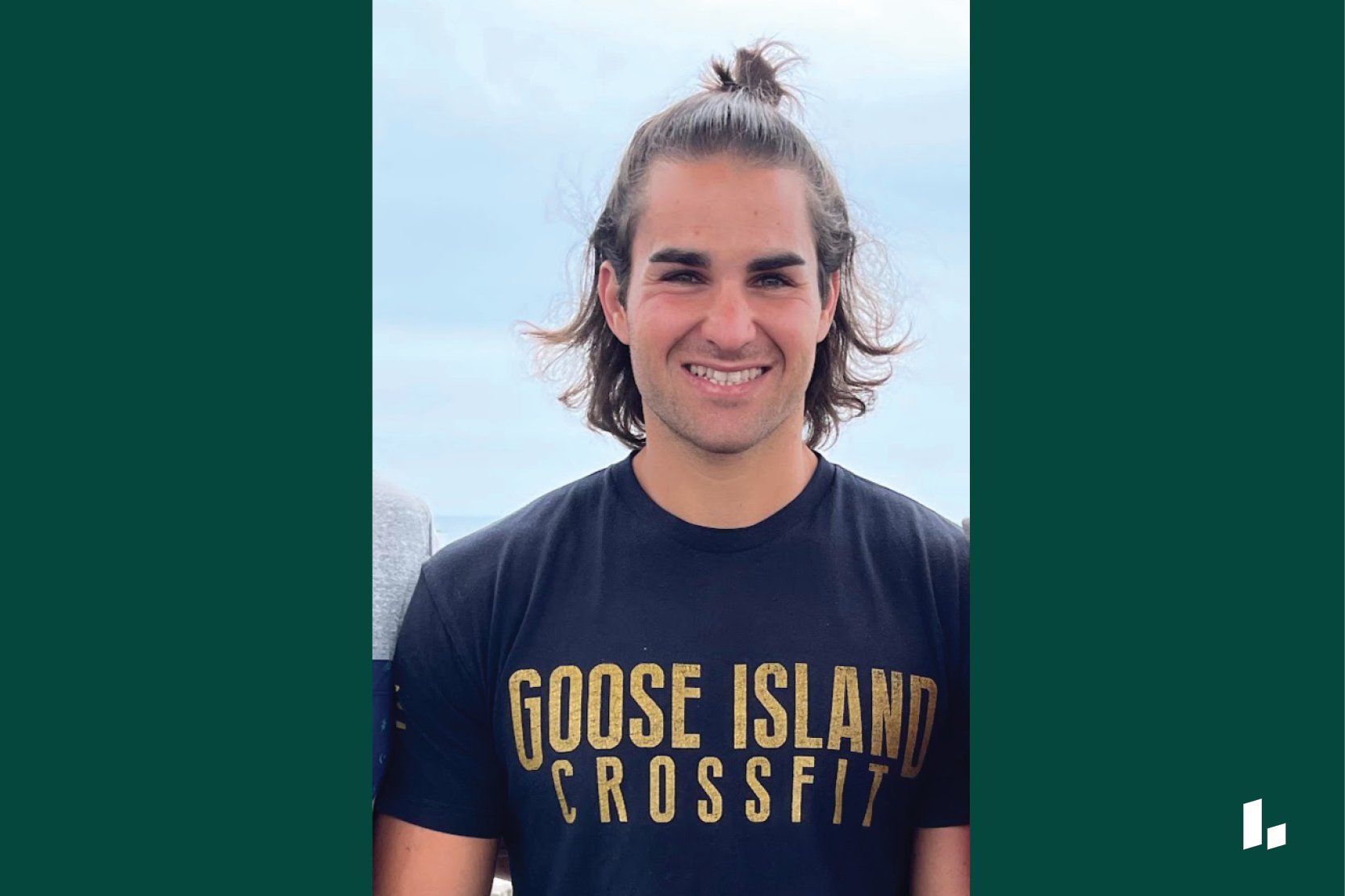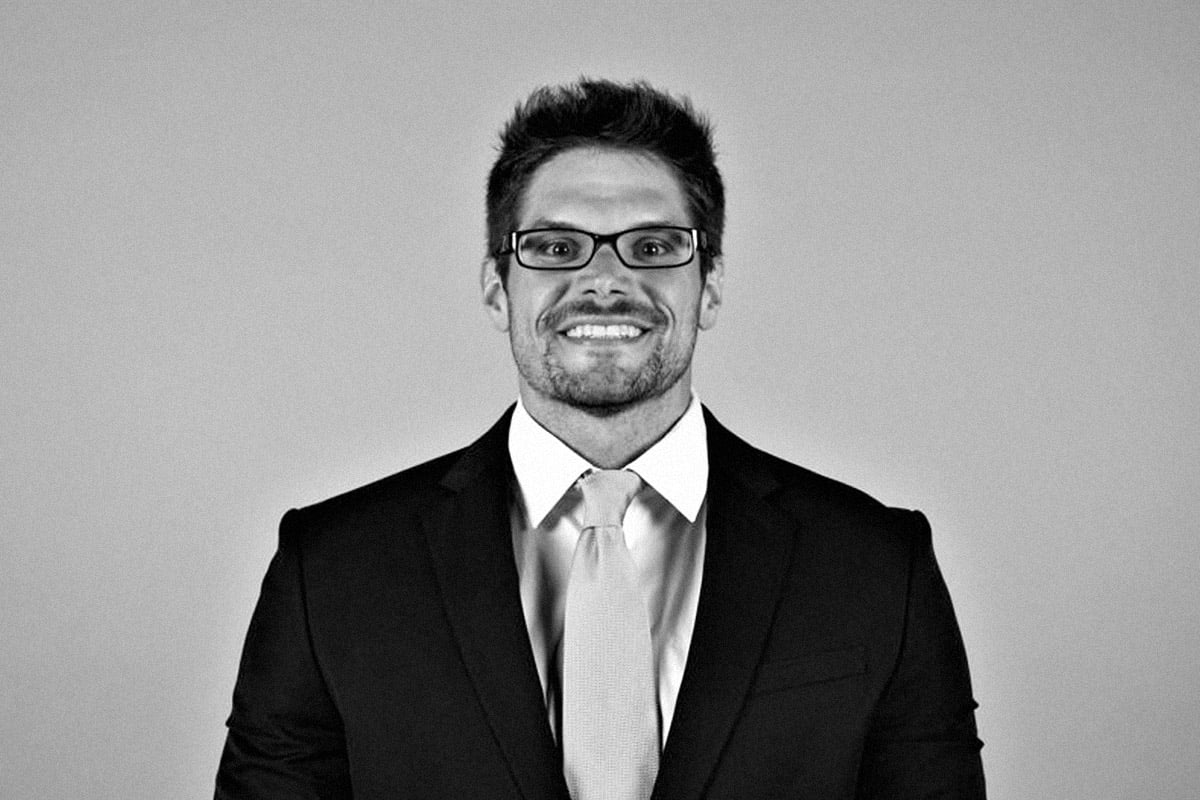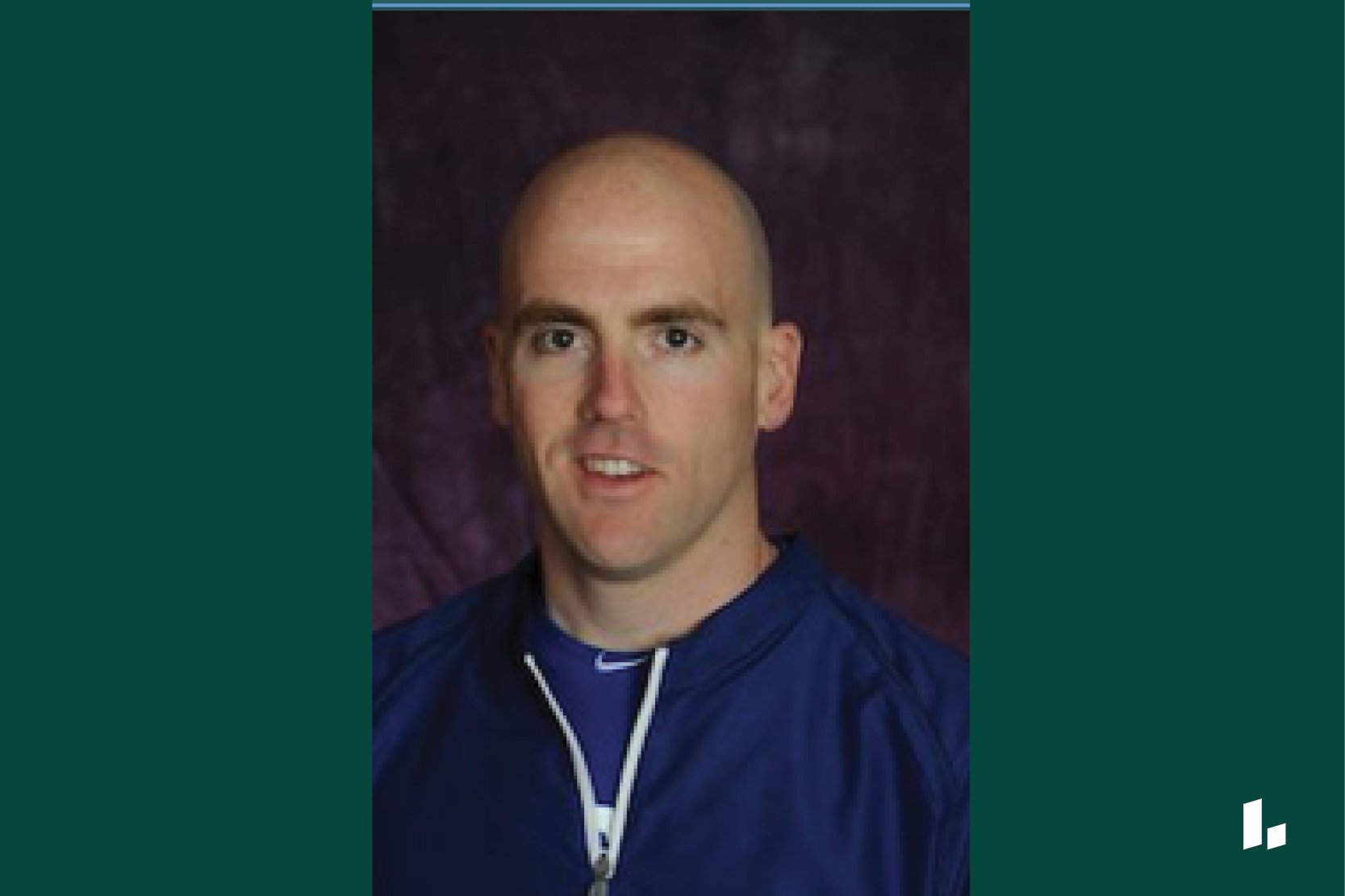Mike Barwis is on a mission to make everyone he comes into contact with a better version of themselves. That could mean optimizing a pro hockey player’s diet, helping a cancer patient build strength, or just sharing one of the inspirational phrases that punctuate his everyday conversation.
“I believe every minute you get in life is an opportunity,” Barwis says. “I’m not here just to live; I’m to live well. My goal is to be the best I possibly can be, every instant.”
Barwis runs a chain of training facilities called the Barwis Performance Centers and is the Senior Advisor of Strength and Conditioning to the New York Mets and is the Director of Sports Science and Human Performance for the Detroit Red Wings.
He’s been bringing science into training since he was an undergrad, long before biometric data and nutrition were common in the gym. He has trained thousands of Olympic, professional, and collegiate athletes since he revolutionized athletic training programs starting in the early 90s.
Barwis also created the First Step Foundation, a nonprofit organization that provides resources to help people with devastating neurological injuries and gives them the resources they need to heal; and the Athletic Angels Foundation, which brings training and athletics to underprivileged kids. He trains these clients right alongside professional athletes in the same gyms so that each can inspire the other.
“There’s a sign I keep on every wall, every place I’ve ever worked,” Barwis says. “It reads: ‘If the people we work with today mean more to us than we do to ourselves, we’ll be good at our job.”
We talked to Mike, who uses Levels himself and with his athletes, about his training philosophy, why his smoothie idea was revolutionary within the NCAA, and how biometric tracking is just the beginning of optimizing performance.
Tell us about how you got your start in athletic training.
My background is in physiology. The more I studied as an undergrad at West Virginia University, the more I saw a disconnect between teachers and the athletic programs. And the people who were practicing [athletics] didn’t understand the science. I wanted to bring science into the world of performance.
So I got into the med school stacks and started reading research. Then, I looked at how I could apply it to strength conditioning. The goal was to develop a scientific approach to training.
When you look back to the early nineties, many people were strength conditioning coaches because they had played a sport. And a lot of people were in sports science because they had played a sport. But there wasn’t a lot of sports science when it came to performance. The focus was on hard training.
What did you see that athletes were missing?
The focus was on “lift a lot and run,” and there was really no implementation of nutritionists, no bioenergetics, no biochemistry. If they were used, it was very sparingly. Also, football and men’s basketball got all the attention. There were a lot of teams that weren’t even being trained at that time.
“You can control two things in life: your attitude and your effort. If you always have a positive attitude and always have a tremendous effort, you’re going to succeed, as long as you’re willing to persevere.”
When I came in, I wanted to work with all teams. I wanted to learn as much as I could about all the variables needed to succeed in every sport. To date, I’ve worked with more than 45 different sporting events, and they’ve all taught me something I didn’t know. It’s allowed me to continue to research and develop new approaches.
What else was lacking in those early days?
There was no true prehab. The approach was that when a person got hurt, then we deal with it. Stabilization, injury prevention, understanding of physical therapy, and athletic training were afterthoughts. This wasn’t because of a lack of effort; it was a lack of understanding.
In the early nineties, I brought the prehab modalities, range of motion, and functional movement components into training. It created better movement athletes.
The next thing you know, we had a pretty strong science program, and the field started to change.
What attracted you to continuous glucose monitoring?
For the last ten years, when we’ve worked with a professional sports team, it’s been a lot of blood tests. You were trying to figure out what’s happening with the body, but it was impossible to get accurate data on the impact of individual food choices. The challenge with blood tests is that you’re taking a snapshot. CGM comes along, and now I get an instantaneous readout of what’s happening with the athlete.
“The only way you truly lose in life is when something happens, and you learn nothing from it and do nothing about it. The loss remains a loss.”
It’s a tool that’s allowed us to make big nutritional gains. Athletes now get an understanding of how to select appropriate meals depending on the event and time of day. That information really started to become viable when you had effective continuous monitoring.
Do you ever find that athletes get frustrated or discouraged by a reading? How do you help them positively use the data?
We focus on optimizing what we can control. You can control two things in life: your attitude and your effort. If you always have a positive attitude and always have a tremendous effort, you’re going to succeed, as long as you’re willing to persevere.
We also remind them, Hey, look, you might have a bad reading today. The world’s not going to end. You haven’t done something wrong, but you have an opportunity to fix something or make it better. And the reading doesn’t mean that you’re going to struggle today or perform at a low level. It just means that you know how to make yourself better.
I tell my children all the time, you never have to lose in life, right? In anything. Because if you lose, you’ve got a choice. You can learn something from it, and you can do something to make yourself better at it, and that makes you a winner because you got better that day. The only way you truly lose in life is when something happens, and you learn nothing from it and do nothing about it. The loss remains a loss.
So what do we do with the data we receive? How do we put it into an environment that allows us to optimize recovery and performance? That allows an athlete, or any human of any walk of life, to excel.
What is your own fitness regimen like?
I’m an active person. So fitness for me is being on my feet 18 hours a day. I work a hundred hours a week, always have, and I love it. I do 25,000 to 30,000 steps a day just working, which is a half marathon every day. I work out, but I don’t need a strict regimen because I’m constantly moving.
What have you learned since you put on the CGM?
When I put it on the first time, I was shocked. Are you kidding me? I would get a 50 (day score, out of 100). And I’m not at 50 at anything I do in life. I started to look at what I was eating. I thought I ate oatmeal most of my life, and this stuff is doing nothing but skyrocketing me.
So I changed my breakfast. I went to Greek yogurt, but I didn’t like the brands I tried. I moved to eggs and bacon with whole-wheat toast. But that brand of bread wasn’t good for my glucose, and I switched to another brand that was organic. I got a better reading.
I started to find those answers, which allowed me to refine my meals and eating habits. I was the guy who’d be on the floor all day and not eat at all and then eat a lot. That didn’t help me. That’s when I started carrying snacks in my pocket to eat throughout the day. Everything started to change.
Did you see any changes in your health?
In all aspects of my life. I slept better. I’m not a big sleeper—I’m a three-to-five-hour-a-night guy—that’s just me. Once I got Levels and had no glucose spikes, I started to sleep deeper. I began to relax more. I had control over the way I slept versus just how long I slept.
I had more energy, more consistently. I don’t have the lulls anymore where I feel a little tired and have to fight myself out of the hole.
And just by eating the way the readings were guiding me to eat, I felt full. I felt refreshed. I lost weight, and I’m not a heavy guy by any means. I thought, how is this possible when I’m eating all day? But I’d been writing meal plans for athletes for years with five or six meals a day. I just wasn’t doing it while I was coaching.
When you look toward the future, what are you excited about right now?
The more we can monitor—with an instant response—the internal mechanisms of the human body, the more we understand it. We humans have the ability to do so many things. Our understanding is way better than it was. But it’s not to a level where we can say we know everything that happens in the body, and we may never get there. But the goal is to get as close as possible so that we can live the best lives we can. We want the opportunity to be the best version of ourselves.
